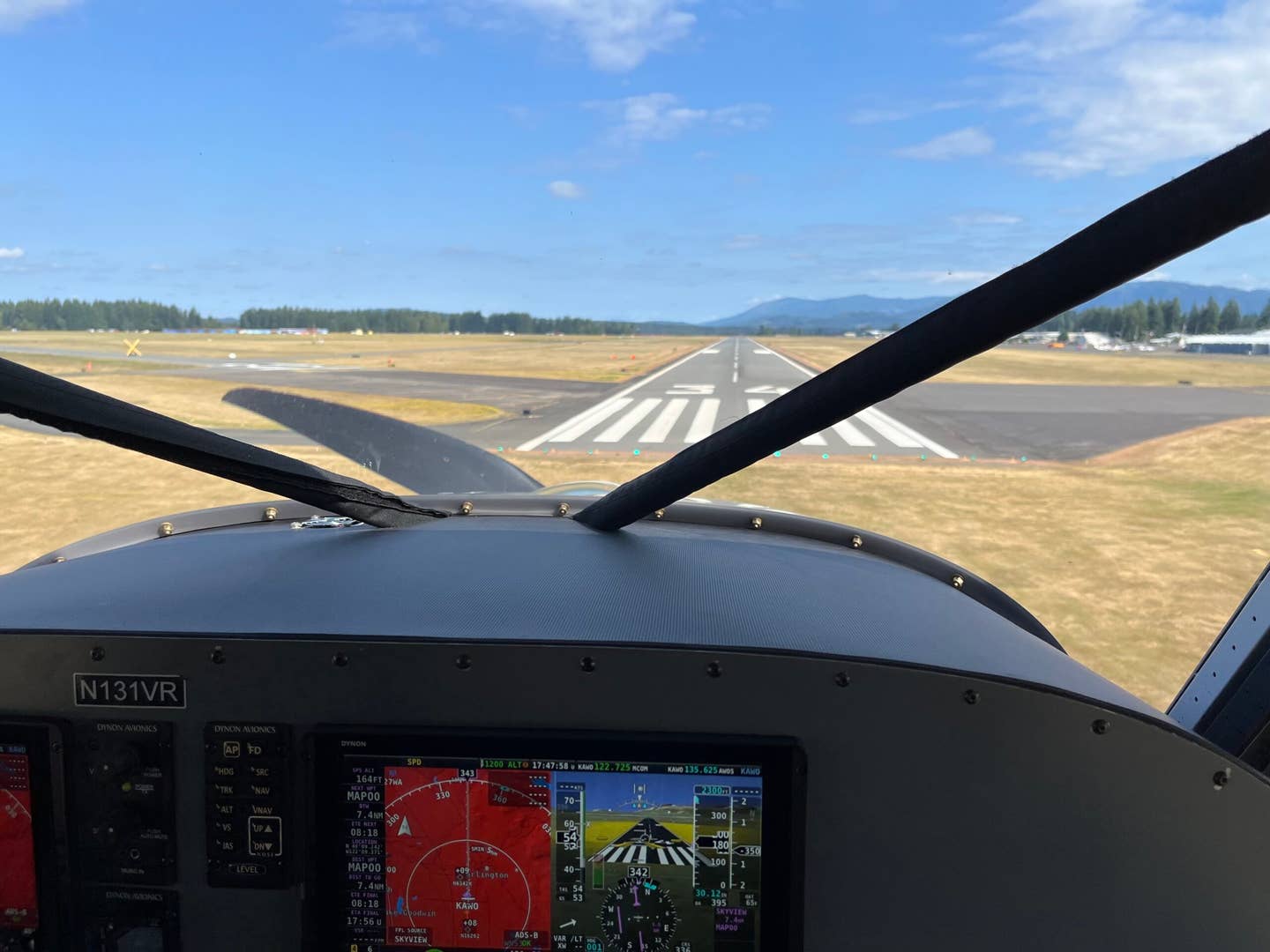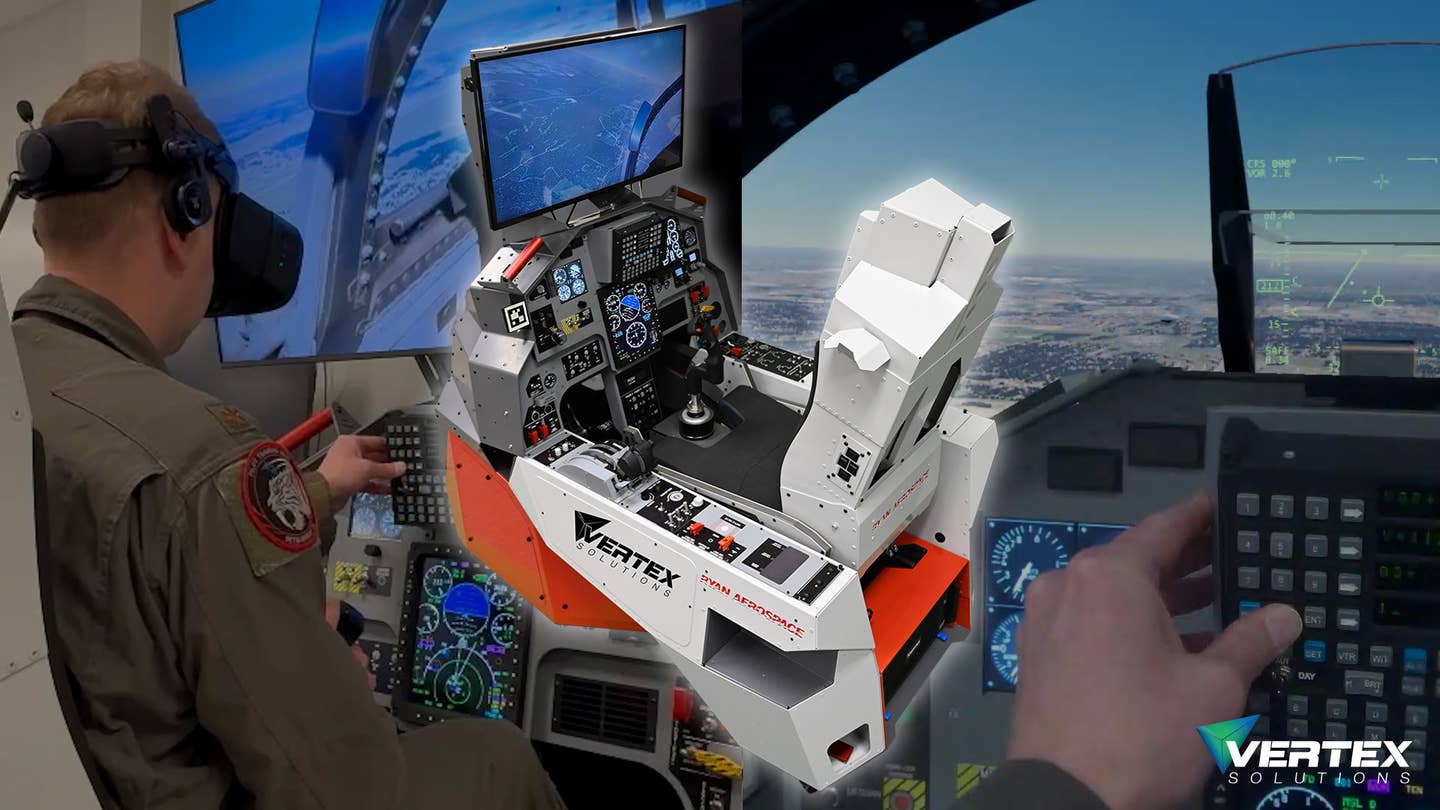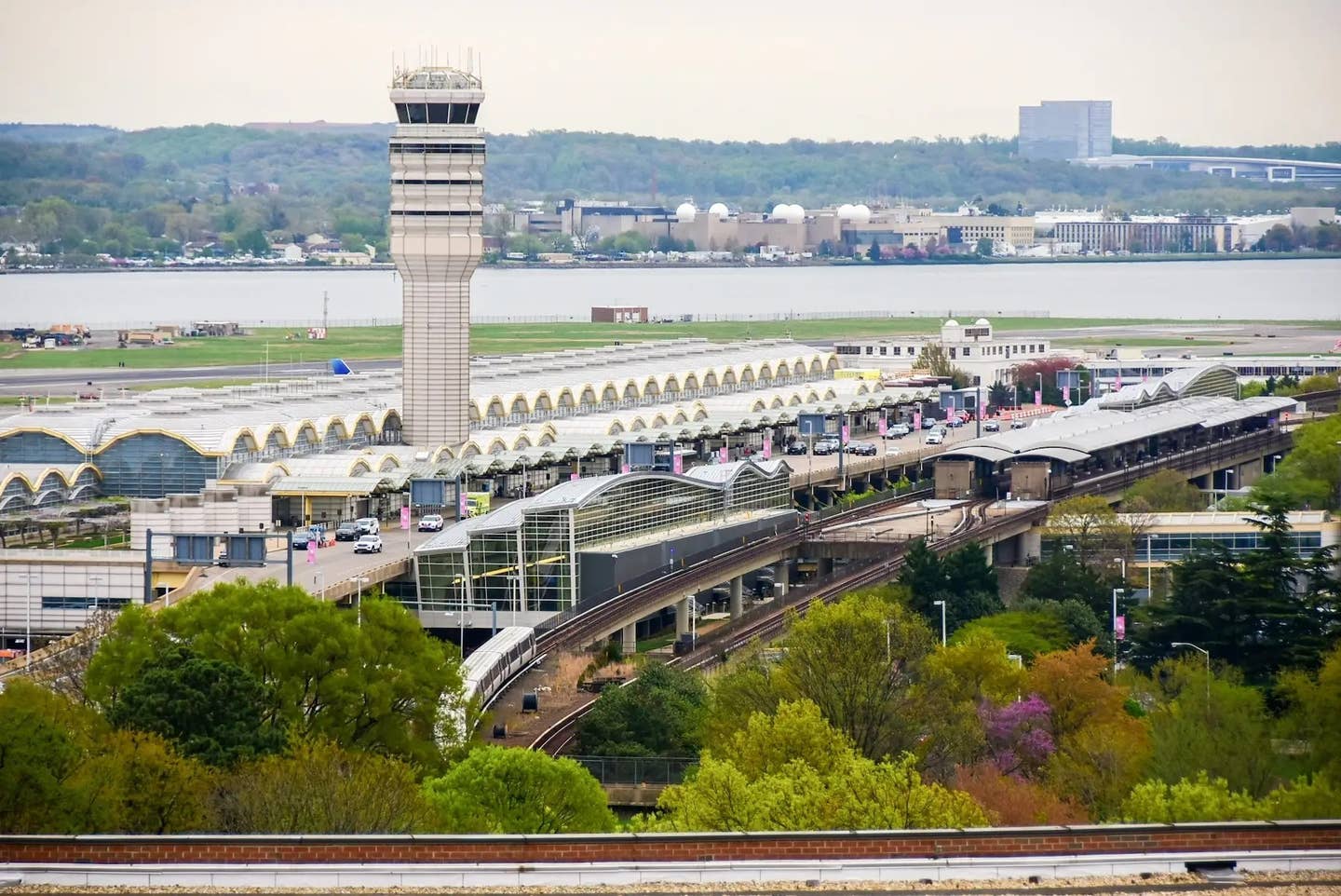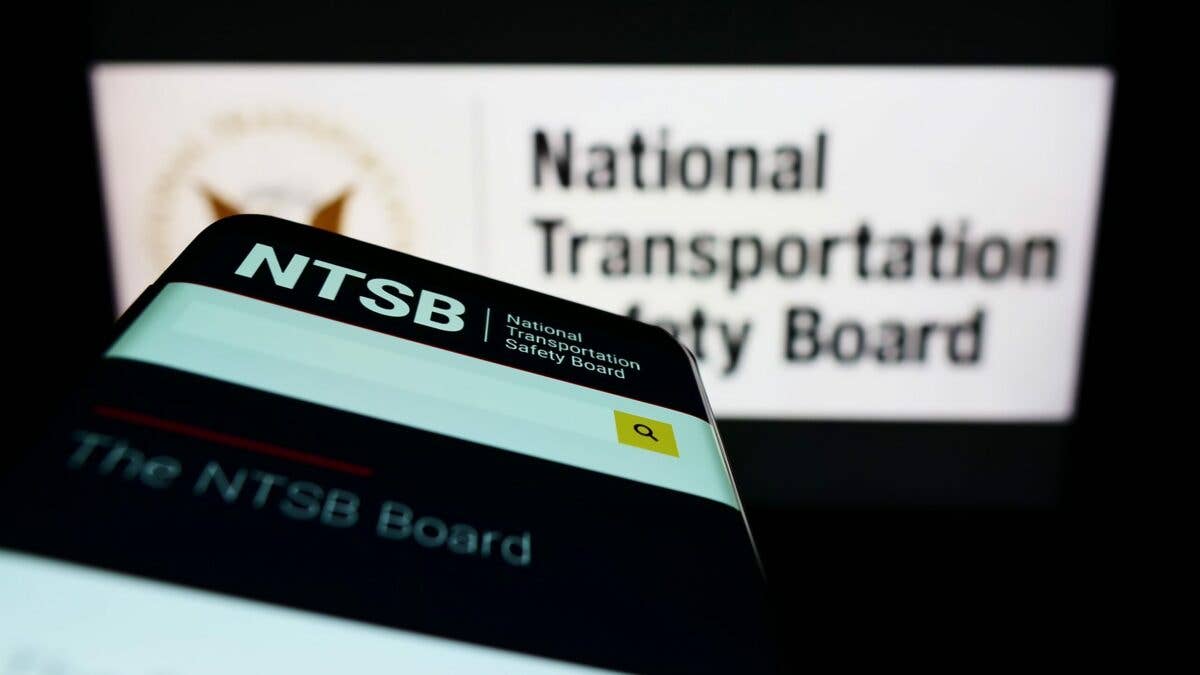How to Ensure Stable Approaches
Rushing a landing checklist can lead to a late configured airplane and an unstabilized approach.

There’s a lot that goes into a stable approach to landing. [Credit: Meg Godlewski]
When a pilot gets behind the airplane in the pattern, it is never a good thing.
Rushing the checklist—or worse, forgetting the checklist items—leads to a late configured or nonconfigured airplane or being too fast or too high on final. All these things result in an unstabilized approach.
Unless there is an emergency on board, the best course of action is usually going around, flying the pattern again, and focusing on staying ahead of the aircraft.
Teaching the Stable Approach
There's a lot that goes into a stable approach to landing.
The aircraft has to be at the correct speed and correctly configured for landing, such as landing gear down (that’s the big one), flaps at the proper setting, proper speed, etc. This includes trimming the aircraft so that it stays on speed and can land on the first third of the runway, preferably on the numbers, and stops within 100 feet of that mark with minimal braking.
Configuration of the aircraft should not be done aggressively. Slamming down the landing gear and dumping in the flaps all the way in at the same time results in unstable pitch moments. This can be demonstrated at a safe altitude in the practice area. The addition of flaps on one fell swoop followed by their rapid retraction is definitely a teachable moment, as the pitch change is often surprising, dramatic and swift, and not something you'd want to experience a few hundred feet over the ground.
Learn the Landing on the Ground
Learning to land and the stabilized approach should begin with a ground session.
I have found the use of a whiteboard with a drawing of the runway, anointed with the aircraft configuration, checklist use, appropriate airspeeds, and altitudes for each leg and distance from the runway to be an excellent tool. I ask my flight students to copy the drawing with their own drawing (and not take a photo), and in future lessons are asked to re-create it from scratch to show learning has taken place.
This diagram should also include notations of when the checklist is used.
Faux Pattern
One of the best techniques to teach pattern procedures is something I call "faux pattern," which is done in the practice area several thousand feet in the air to facilitate recovery at 1,500 feet agl.
The cardinal compass points are the "legs" of the pattern. After clearing turns, the learner configures the airplane to enter a 45-degree angle to downwind and performs as if they are in the pattern. This includes managing airspeed and aircraft configuration.
When the aircraft is on "final," the CFI calls for a go-around, or gives the learner a scenario like "Uh-oh! There's a disabled aircraft on the runway! What do you do?"
After a couple of run-throughs, a learner's pattern work usually improves substantially.
Mistakes Happen
Instructors need to be very careful about what they allow the learner to do, as in mistakes they are allowed to make, because the pattern can be very unforgiving. I have seen a few techniques that gave me pause.
I was doing a stage check for a learner who kept revving the engine on downwind. When I asked why he did that, he said, "because it's fun!" Another pulled the mixture to idle on downwind to "check it," claiming that is what the previous CFI taught him to do. This was incorrect information. The previous CFI informed me that he couldn't break the learner of the habit, so he fired him.
It is not just primary learners who develop strange habits in the pattern.
A "return to flying" commercial pilot and a former CFI announced his technique for landing a Cessna 172 in gusty winds was to come in with no flaps then dump all the flaps in on short final and put the aircraft into an aggressive slip to landing. He revealed this during the preflight briefing as we discussed aircraft performance. I was staring at him, waiting for the punch line—hoping there was one—but before I could reply, the owner of the flight school, who was sitting a few feet away in the lobby, loudly announced, "Not in one of my airplanes, you don't!"
For the unfamiliar: there is a placard in the C-172 that reads "Avoid slips with flaps extended."
Be Ready for the Go-Around
Does your pre-landing checklist include verbalization of the phrase "go around is always an option"?
A senior instructor I flew with told me he added it because he was trying to reduce the startle factor when he told his learners to go around. He also made it a rule that if the aircraft wasn't perfectly on speed, configured, and on glide path to touch down by the second center stripe on the 3,400-foot runway, the learner would go around.
Occasionally, some students pushed back when it appeared they would land long, as the Cessna and Pipers they flew didn't need the entire 3,400 feet to come to a full stop. The instructor replied, "Someday you won't have that much runway." He was right, of course.
If you are flying at a towered airport and the controller tells you to go-around, it's not up for debate—go around. It is possible that you don't have the bigger picture. There could be something larger, faster, and turbine coming up behind you. Know what to do, and the order in which to do it.
If You Go Around
When the go-around goes bad, it is often because the pilot does not use enough right rudder and the aircraft has too much nose-up trim resulting in a stall. Anticipate the need for right rudder and be ready to push the nose down to counteract the left turning tendency and pitch up with the adding of full power.
Another bad habit particular to aircraft with retractable gear is taking the flaps out abruptly while simultaneously bringing the gear up. This creates a lot of drag, and it is not uncommon that the aircraft will settle back on to the runway with the landing gear—or part of it—retracted. This is expensive and embarrassing.
Make the practice of go-arounds something you do on a regular basis as part of your personal proficiency and currency program. You never know when you will need those skills.

Sign-up for newsletters & special offers!
Get the latest FLYING stories & special offers delivered directly to your inbox






